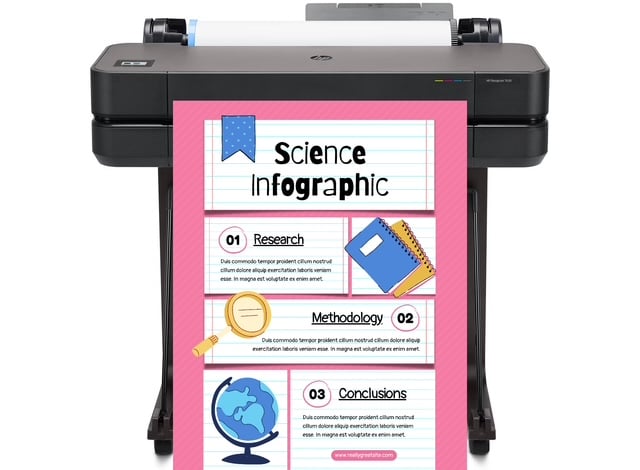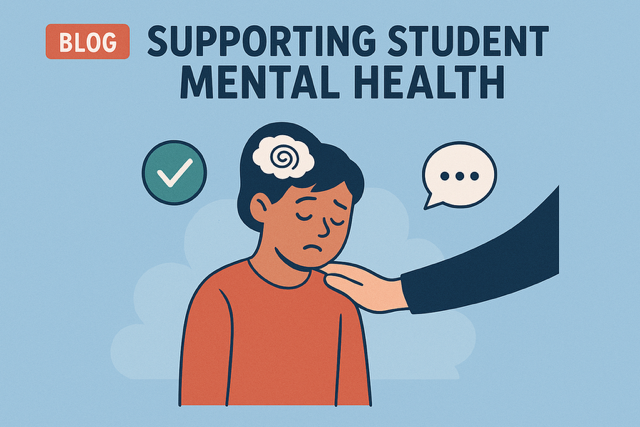
DISCOUNTED EDUCATION PRICING! CALL 1-877-891-8411. We Gladly Accept School Purchase Orders!

In 2025, the mental health of students has become a critical focus for educators worldwide. Teachers and principals are increasingly aware that student well-being directly impacts classroom dynamics, academic performance, and overall school morale. The challenges are multifaceted: students face pressures from academic expectations, social dynamics, family issues, and the lingering effects of global disruptions like the COVID-19 pandemic. As educators search for ways to address these issues, they are turning to a variety of resources to support student mental health effectively. This blog explores the current landscape of student mental health, the role of educators in addressing it, and practical resources that teachers and principals can use to foster a supportive school environment.
The mental health crisis among students is well-documented. Recent data indicates that anxiety, depression, and stress-related disorders are prevalent among K-12 students, with rates rising sharply in recent years. A 2023 report from the Centers for Disease Control and Prevention (CDC) highlighted that 44% of high school students reported persistent feelings of sadness or hopelessness, a trend that has continued into 2025. Factors such as social media, economic uncertainty, and disrupted schooling have compounded these issues, making it essential for schools to act as safe havens for students.
Teachers and principals are on the front lines of this crisis. They observe the daily effects of mental health challenges, from disengagement and absenteeism to behavioral outbursts and declining academic performance. However, many educators feel underprepared to address these issues due to limited training, time constraints, and resource shortages. This gap has led to a surge in searches for mental health resources, as educators seek tools to create supportive classrooms and school-wide initiatives that promote well-being.
Teachers play a pivotal role in identifying and addressing mental health concerns. As the adults who interact with students daily, they are often the first to notice changes in behavior, such as withdrawal, irritability, or difficulty concentrating. By fostering a positive classroom environment, teachers can help students feel safe and valued, which is foundational for mental health.
Principals set the tone for a school’s culture and are instrumental in implementing systemic changes to support mental health. Beyond supporting individual teachers, principals must advocate for policies, allocate resources, and foster partnerships to address student well-being holistically.
In 2025, technology plays a significant role in mental health support. Teachers and principals are exploring digital tools to complement traditional resources. Apps like Moodpath or Smiling Mind offer students self-guided mental health exercises, while platforms like Grok.com provide educators with insights into student trends and well-being strategies. However, educators must ensure these tools are age-appropriate and comply with privacy regulations like FERPA.
While resources are abundant, educators face challenges in implementing them. Time constraints, limited budgets, and varying levels of staff buy-in can hinder efforts. Additionally, cultural and linguistic diversity requires tailored approaches to ensure inclusivity. Principals should prioritize equity by providing resources in multiple languages and addressing systemic barriers that disproportionately affect marginalized students.
Another consideration is avoiding over-reliance on teachers as mental health providers. While educators can support students, they are not trained counselors. Principals should advocate for hiring licensed mental health professionals to handle complex cases, ensuring teachers focus on instruction and classroom support.
Creating a school culture that prioritizes mental health requires collaboration. Teachers can foster open communication by modeling vulnerability and encouraging students to share their feelings. Principals can lead by example, promoting self-care among staff and celebrating small wins in mental health initiatives. Events like wellness fairs or gratitude campaigns can reinforce a positive school climate.
Supporting student mental health is a shared mission for teachers and principals, demanding urgency and action in 2025. By leveraging evidence-based resources, educators can build environments where students not only learn but thrive emotionally and socially. Key tools like CASEL’s SEL framework provide structured curricula to foster emotional resilience, while Mental Health First Aid training equips educators to respond to crises with confidence. Platforms like Edutopia offer practical strategies for classroom and school-wide initiatives, and community partnerships through NAMI ensure access to professional support. The urgency of this work cannot be overstated—mental health is the foundation of academic success and personal growth. Educators must start small with tools like mindfulness apps (Smiling Mind), collaborate widely with families and experts, and keep student voices at the heart of every effort. Classroom Visuals can help support mental health. By taking proactive steps and tapping into these accessible resources, schools can create lasting change, empowering students to navigate challenges and build brighter futures.